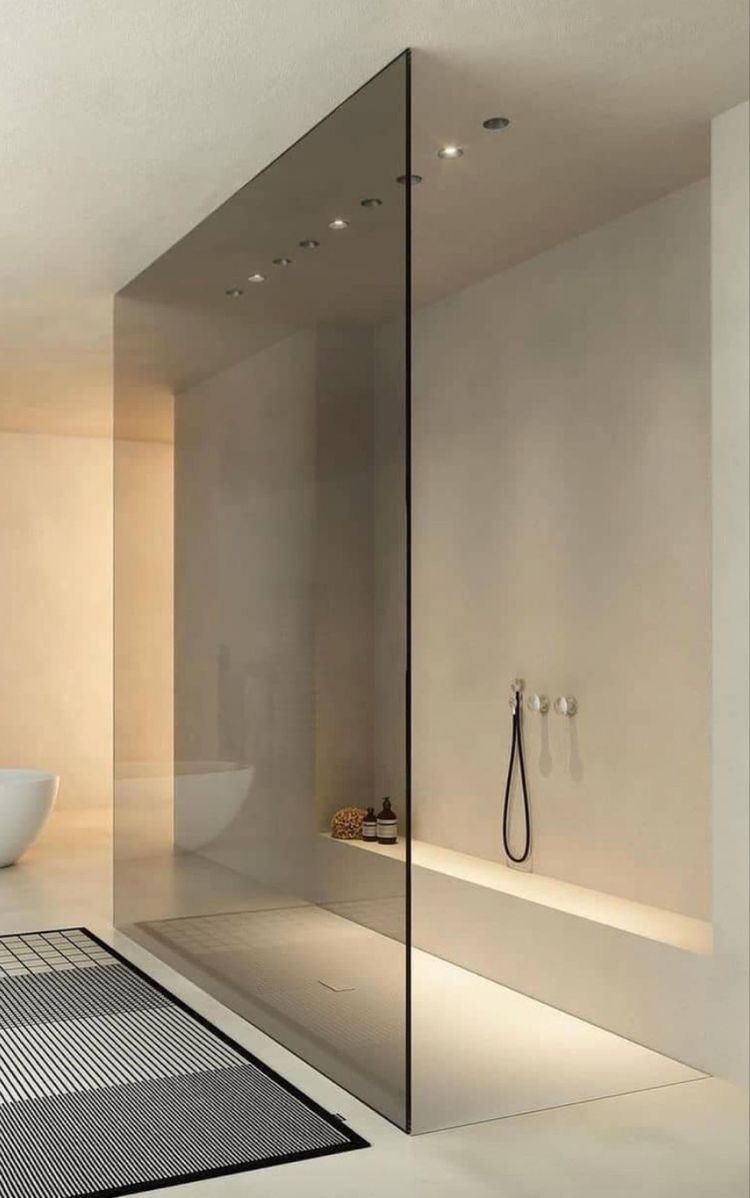If so, a change in source hypothetically is a small change.
It is not uncommon for permitted development on data centre sites to be limited to around 20 metres .A typical hyperscale data centre design, with the racks, then space for cabling and power, then a ceiling void and structure, will have a storey-to-storey height of often of seven or eight metres, and sometimes more.

In other words, you can have two floors for data halls in a 20 metre planning envelope.. A fundamental reassessment of the integration of cooling systems and structure, and optimised M&E services zones through close coupling of electrical and mechanical systems will yield geometric reductions that can reduce floor to floor height.Constructing less costs less, but this approach has the potential to yield much more.For example, a reduction in floor to floor height to 6.5m would enable a three-storey data centre on that same site – an instant gain of 50% in site yield and significant reduction in cost per kW.. A similar approach to close integration of design and the arrangement of primary plant and ancillary systems will optimise the data centre facility plan footprint.

Again, this maximises yield per m2, with the added benefit of a reduction in costly M&E distribution paths..Deferring CapEx, delivering predictability.

Data centres are expensive.
Being able to compress the time from project inception to occupancy, as well as having reliable procurement and supply chain, and a predictable construction programme, is hugely valuable in being able to defer CapEx and cost of finance.. One of the core principles of DfMA is the standardisation of parts and construction/assembly processes.However, the true potential lies in unlocking DfMA and industrialised construction.
Initial assets may be built traditionally, but subsequent assets can be increasingly industrialised, engaging key suppliers for standardised equipment and prefabricated sections.This phased adoption allows the supply chain to adapt confidently, enhancing efficiency and reducing costs over time..
The above diagram showcases how Reference Design can be industrialised for efficient construction processes..Chip Thinking® and Reference Design offer a transformative approach to data centre design.